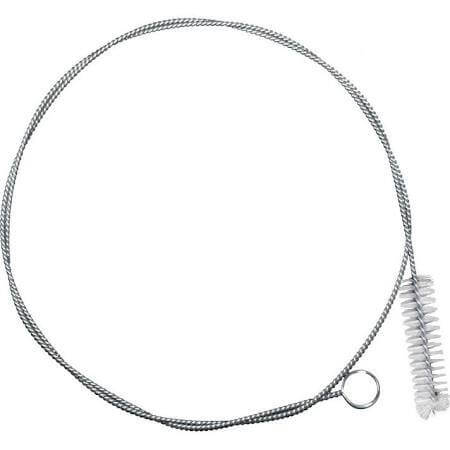On of the most important parts of being a healthy CPAP user is cleaning your equipment to keep it safe and sterile. While it does take some time out of your day, it is definitely worth it to make sure you stay healthy and your equipment is in proper working condition. Here are some simple step-by-step instructions on how to clean your CPAP equipment to maintain your device and health without using a sanitizer device.
The Dangers of not Cleaning CPAP

The air you breathe every night is being processed through your CPAP machine. If it’s dirty or has biofilm buildups, it can cause bacteria exposure, mold exposure, trigger allergy symptoms, put you at increased risk for sinus infections or pneumonia, cause a musty or foul odor, cause mineralization within the equipment, premature equipment breakdown, and can even void the device warranty. Fortunately, cleaning is simple and straightforward.
How Often Should CPAP Equipment Be Cleaned?
Daily cleaning of the mask, tubing, and water chamber is often suggested by durable medical equipment suppliers and manufacturers. For optimal hygiene, it's recommended that the equipment be cleaned at least on a weekly basis. If you are sick with an upper respiratory infection, you will want to clean your equipment more frequently.
Supplies You’ll Need
- CPAP equipment (mask, headgear, tubing, humidifier water chamber, CPAP machine)
- Soft cloth
- Warm water
- Dish soap (mild antibacterial is preferable)
- Small sink, tub, or basin
- Towel
The Cleaning Process

Unplug your CPAP machine from its electrical power source to avoid risk of electric shock. Disassemble all parts of your CPAP gear: mask, tubing, connectors, headgear, humidifier unit.
Take a soft cloth and wet it with warm water. Gently wipe down the external surface of the CPAP machine to remove dust.
Fill a small sink, tub, or basin with warm water. Add a small amount of gentle dish soap and/or diluted vinegar. Submerge the mask, headgear, tubing, and any connectors in the warm, soapy water. Allow it to soak for about 30 minutes. Alternatively, simply wipe out the mask with a soft cloth and warm water, and swish soapy water through the tubing. When washing your equipment, it is also good to use a brush that has fine bristles and a long shaft that can get hard-to-reach places with ease while removing debris. Allow everything to air dry on a towel or by hanging over the shower curtain rod in the bathroom. The humidifier's water chamber should be cleaned with hot water and mild soap and then allowed to air dry. Headgear and chinstraps should be washed as needed by hand using warm soapy water, rinsed well, and air dried. Do not place headgear or chinstraps in washing machine or dryer. Additionally, it’s a good practice to wipe down your mask with a disinfectant towel every morning after you wake up.

Review the manufacturer’s instructions or ask your equipment provider about how your machine’s filter should be maintained. Nearly all CPAP machines have a disposable white paper filter and some have an additional non-disposable grey filter as well. You should clean the grey non-disposable filter at least on a weekly basis. You may have to clean it more regularly if you have pets, smoke inside your house, or if your home is especially dusty. Rinse grey filters with water and allow to dry before placing back into your machine. The grey reusable filters should be replaced when it begins to look worn or after 6 months.
Replace disposable white paper filters monthly or more frequently if it appears dingy or dirty.
Some can be rinsed and reused but others must be replaced, and the timing of this will vary depending on the cleanliness of the air in your house.
Finally after everything has fully dried, reassemble your parts. Apply the headgear to your mask, hook the mask back onto the tubing and any connectors, and connect the tubing back to the humidifier or directly to the CPAP machine. Turn the machine on briefly and listen for any air leaks that weren’t there previously.
Never use any scented products or heavy cleaning solutions other than gentle soap on your equipment. These can irritate your lungs and make you sick. Only use distilled water in the humidifier to avoid mineral buildup in the water chamber. It is not advisable to clean your equipment in a dishwasher or washing machine as it could become damaged.
Repeat

Regularly cleaning your equipment will ensure your long term health and the longevity of your equipment. Just a few minutes a day can help keep your CPAP running efficiently for years to come. Make your CPAP equipment cleaning part of your morning routine, allowing the equipment ample time to dry during the day. Keep track of when you should order replacement parts for your mask and accessories so that you always get the most out of your therapy. Following these simple tips, you will definitely have a much better CPAP experience. For any further questions or to replace any of your CPAP equipment, visit No Insurance Medical Supplies online or give us a call at 855-664-6763.
